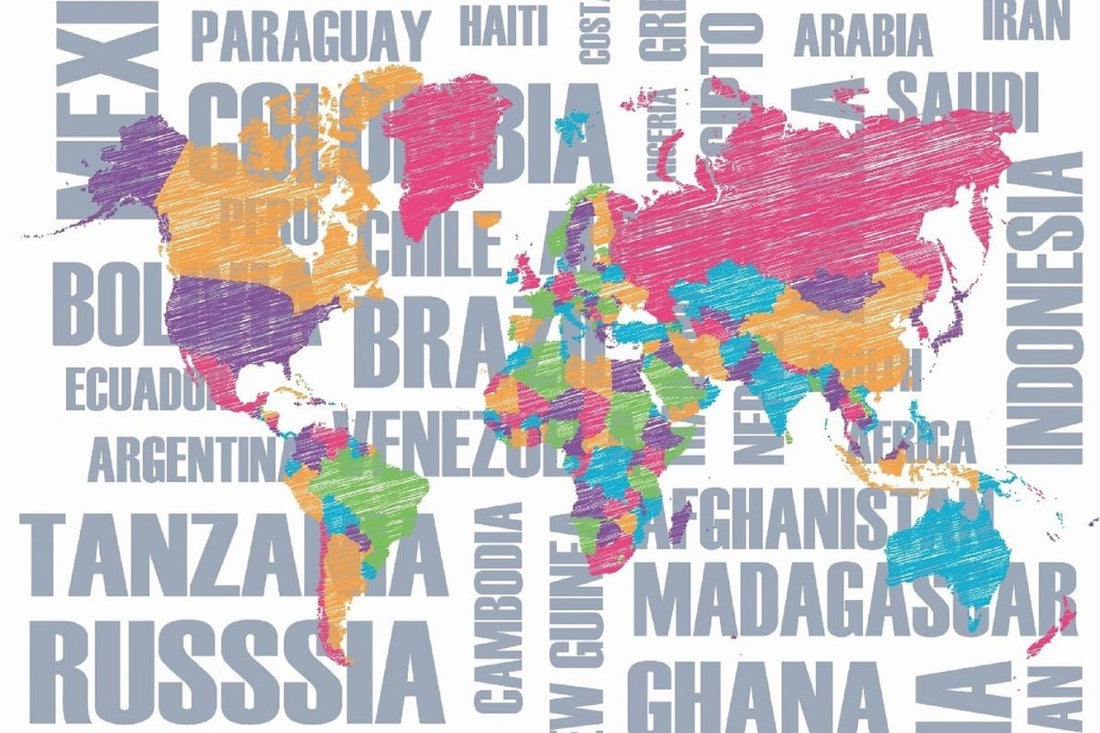
The Cultural Significance of Chili Peppers in Different Regions - Exploring the Fiery Roots of Flavor with Wiri Fire Hot Sauce
Cultural Significance of Chili Peppers
Chili peppers are far more than just a way to add heat to your meal—they’re woven into the very fabric of cultures around the world. From sacred rituals and folklore to traditional dishes and global trade, the chili pepper has made its mark on human history. At Wiri Fire Hot Sauce, we honor this fiery legacy in every bottle. Let’s take a spicy journey around the world to explore the cultural significance of chili peppers in different regions.
🌶 Central & South America: The Birthplace of Heat
Chili peppers were first cultivated over 6,000 years ago in Mesoamerica, in regions now known as Mexico, Central America, and northern South America. Indigenous peoples like the Aztecs and Mayans not only used chilies as food but also in medicine and religious ceremonies. Chilies were believed to purify the soul and protect against evil spirits.
In Mexican cuisine today, chilies are a cornerstone—from smoky chipotle in moles to fiery habaneros in salsas. Countries like Peru and Bolivia have their own rich chili traditions, using ají peppers in iconic dishes like ceviche and chupe de camarones.
🔥 The Caribbean: Spice with Spirit
In the Caribbean, chili peppers—particularly the Scotch bonnet—play a starring role in island flavor. Brought from the Americas during early trade routes, these fiery fruits became essential in jerk seasoning, pepper sauces, and pickled condiments.
Chilies are also a symbol of cultural pride, resilience, and celebration. They often appear in street food stalls, family recipes, and vibrant festivals. Wiri Fire Hot Sauce, born in Guyana, channels this bold Caribbean spirit into every drop.
🌏 Asia: A Culinary Revolution of Heat
While not native to Asia, chili peppers spread rapidly after arriving via Portuguese traders in the 16th century. In India, they became central to spice blends like garam masala and fiery dishes such as vindaloo. In Thailand, they transformed cuisine into the tangy, spicy, and aromatic experience we love today.
In Korea, the chili pepper helped shape the signature heat of kimchi and gochujang. In Sichuan, China, peppers are paired with numbing Sichuan peppercorns for a complex flavor explosion.
🌍 Africa: A Bold and Balanced Heat
Across the African continent, chili peppers bring depth and warmth to stews, sauces, and marinades. In West Africa, they’re a crucial component of jollof rice and spicy groundnut soups. In North Africa, harissa—made with chilies, garlic, and spices—is a flavorful paste that enlivens meats and vegetables.
Chilies in African cuisine often strike a balance between heat and richness, telling a story of cultural fusion, trade, and tradition.
US North America: The Hot Sauce Capital
In the U.S., chili peppers have sparked an entire hot sauce revolution. From Louisiana-style sauces to craft blends like Wiri Fire, there’s a deep appreciation for heat. Chili festivals, competitive eating contests, and culinary experimentation have turned hot sauce into a movement.
Here, chili peppers symbolize creativity, individuality, and global influence—all bottled up for spice lovers everywhere.
🔥 Conclusion: A Shared Love of Spice
Chili peppers are more than a flavor enhancer—they’re a global symbol of tradition, celebration, and connection. At Wiri Fire, we’re proud to be part of this rich legacy. Every drop of our hot sauce pays homage to the cultures and people who turned simple peppers into something extraordinary.
So whether you’re grilling in Guyana, simmering stew in Senegal, or spicing up a taco in Tijuana, remember: the chili pepper is more than heat—it’s heritage.
